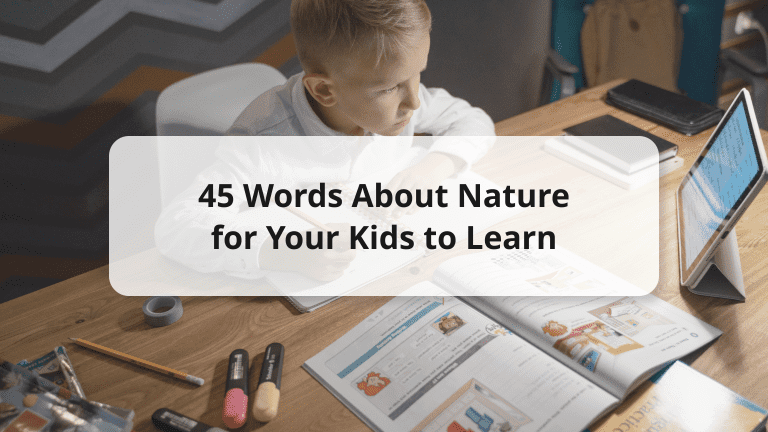Add these 45 nature words to your kids’ vocabulary list! We’ll learn about earth, moon, stars, atmosphere, solar system, Milky Way, black hole, comet, light year and more in this article. Keep reading to find out more nature words and science words!
Learning from science and nature can be a lot of fun. Nature is all around us, and is also one of the best environments your kids can learn in. Remember that family trip when you went hiking in the mountains or camping under the stars, and your kids can’t stop asking you questions about nature? Don’t worry, we’ve got you covered! In this article, we will introduce the common concepts and words about nature, so next time when your kids are asking you questions about the universe, you’ll have the perfect answer in mind!
Even if you are a busy parent, your children can still learn about mother earth during interactive classes that AmazingTalker provides, our tutors will definitely show you how to learn English!
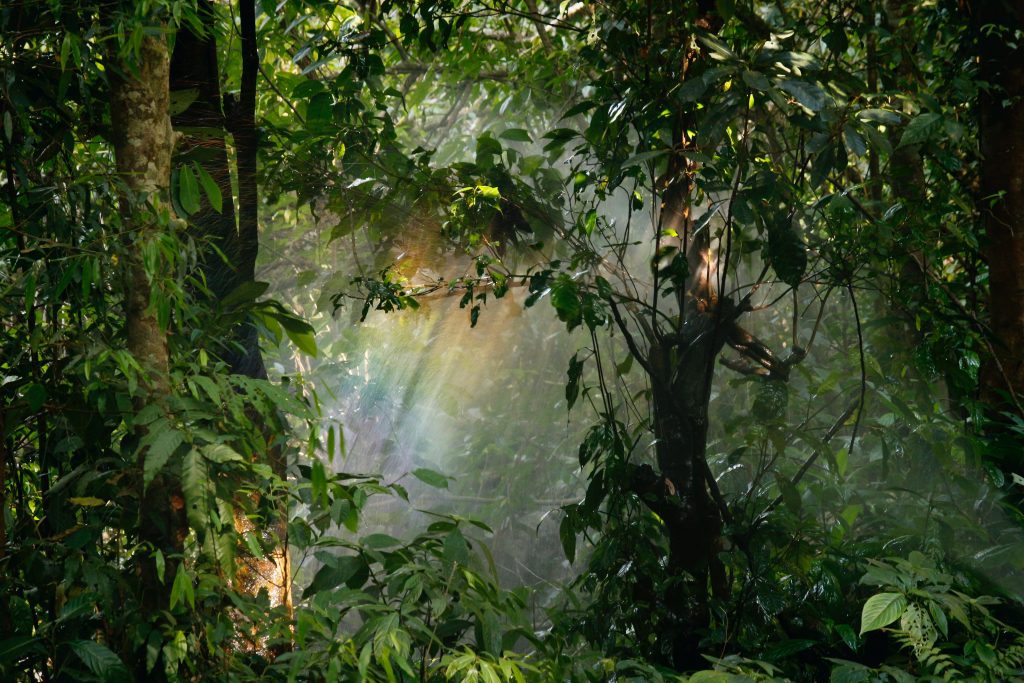
Table of Contents
Ecosystems
- Ecosystem: An ecosystem is made up of living organisms and the environment that they live in. There are different types of ecosystems on earth and the main ecosystems are introduced below.
- Marine Ecosystems: The ocean covers up 70% of the earth, so marine ecosystems make up the largest part of our planet. Marine ecosystems are aquatic ecosystems with waters that have a high salt content. There are a large variety of animals living in the marine ecosystem, including fish, dolphins, seals, whales, crustaceans, bacteria, and many others.
- Tropical Rainforest Ecosystems: Tropical rainforest ecosystems exist near the equator and have high temperatures and frequent rainfall year-round. Animals like Bengal tigers, orangutans chimpanzees, dragonflies, tree frogs, and ants live in tropical rainforest ecosystems.
- Taiga Ecosystems: The taiga ecosystem is a region in the cold subarctic. This forest is covered with evergreen trees and is cold and dry throughout the whole year. There aren’t a lot of animals that can live here due to the cold weather, but you can still see lynx, wolves, moose, reindeer, beavers, shrews, voles, and squirrels in the taiga ecosystem.
- Grassland Ecosystems: The grassland ecosystem is made up of large open areas of grasses, and is maintained through grazing animals and frequent fires. Giraffes, elephants, bison, black rhinoceros, black-footed ferrets, brown hyenas, lions, and ostriches live in the grassland ecosystem.
- Desert Ecosystems: A desert is a large area of land, usually in a hot region where there is almost no rainfall. Camels are one of the most commonly seen mammals that live in the desert. Other animals that live in the desert include the horned toad, scorpions, and grasshoppers.
- Tundra Ecosystems: Tundra ecosystems are located in the Arctic and on the tops of mountains where there are no trees and the climate is windy and cold. Brown bears, reindeer, and mountain hare live in the tundra ecosystem, and they have thick fur to protect them from the cold weather.
- Still-Water Ecosystems: A still-water ecosystem is created by standing water, like a pond or lake. You can find beavers, otters, raccoons, turtles, alligators, and salamanders living in this ecosystem.
- River and Stream Ecosystems: Unlike still-water ecosystems, river and stream ecosystems are created by water that moves. Headwater streams drain into mid-size streams, which progressively drain into larger river networks, thus making up the river and stream ecosystems.
- Coral Reefs: are made up of coral and other species of reef organisms (including reef plants) associated with coral reefs. The reefs provide this diverse range of animals with everything they need, including food and shelter.
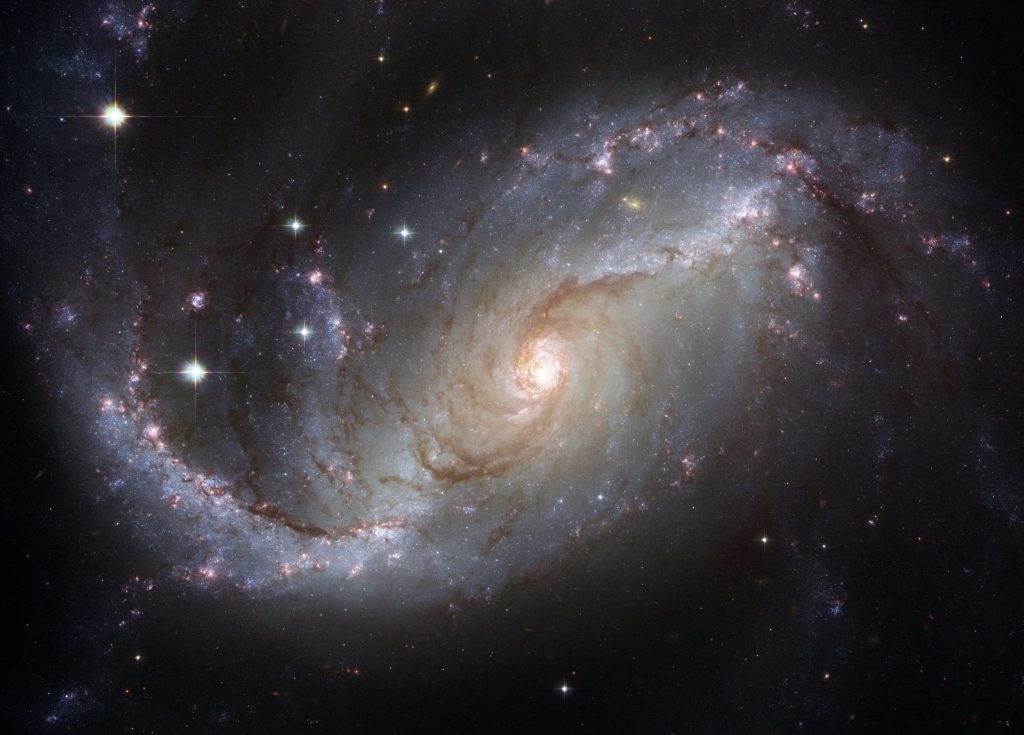
Space and Galaxy
- Earth: The earth is the world we live in now. Earth is made up of a terrestrial or inner planet consisting of a thin outer crust, an intermediate mantle, and a dense inner core. Oxygen, water, and temperature on earth are suitable for many animals to live in.
- Moon: The moon orbits around the earth and you can see the cycle of the moon changes every four weeks. The moon is a dusty ball of rock, and its size is one-quarter of the size of the earth.
- Stars: Stars are balls made up of gas burning extremely brightly millions of miles away in space. The stars in the sky look like they twinkle because of the movement in the earth’s atmosphere.
- Atmosphere: The atmosphere is the layer of gas surrounding the earth or another planet. The atmosphere is very important to living things on earth because it absorbs the heat from the sun and balances the earth’s temperature.
- Asteroid: Asteroids are small rocky bodies made of mostly clay and silicate rocks that orbit the sun. There are millions of asteroids in the solar system.
- Solar System: The solar system is the collection of eight planets and their moons in orbit around the sun. It includes Mercury, Venus, Earth, Mars, Jupiter, Saturn, Uranus, and Neptune. The solar system was formed 4.6 billion years ago and is part of the Milky Way.
- Milky Way: The Milky Way contains hundreds of billions of stars like our sun, which all have their orbiting planets too, and is approximately 13.6 billion years old. The milky way is made up of stars, dust, and clouds of gas. Viewed from above, our Milky Way looks like a giant pinwheel.
- Constellation: A constellation is a group of stars forming a recognizable pattern that usually has particular names. There are 13 zodiac constellations (Aries, Aquarius, Cancer, Capricorn, Gemini, Libra, Leo, Ophiuchus, Pisces, Sagittarius, Scorpio, Taurus, and Virgo) each associated with specific dates throughout the year.
- Black Hole: a black hole is a place found in space that matter and light can’t get through, they fall in because the gravity at the black hole is too strong. A black hole does not have a surface and is one of the most mysterious objects in the universe.
- Comet: A comet is a rock that’s icy and lets off dust and gas as it flies through space. Comets are huge in size, the typical comet has a core that is a few kilometers in diameter.
- Southern and Northern Lights: Southern and Northern Lights are bands of light that appear in the sky near the North and South Poles. The lights are usually green in color but sometimes you’ll see a hint of pink, red, violet, and white colors. It is one of the most breathtaking views created by nature.
- Light Year: A light year is the distance light travels in one year. The speed of light traveling through a vacuum is around 300 million meters per second, it’s hard to imagine how far a light year is!
- North Star: The north star is also called the Pole Star or Polaris, it is famous for holding nearly still in our sky because it is located nearly at the celestial pole—the point around which the entire northern sky turns. Ancient people used the north start to tell directions.
- Shooting Star: A shooting star is a meteor. Shooting stars travel extremely fast, reaching speeds of over 120,000 miles per hour. While we usually see shooting stars at night, they fall during the day as well. The color of the shooting star tells us about the minerals that it is made of. The most commonly seen element is iron, and it glows yellow when the shooting star is burning.
- Observatory: If you enjoy looking at the night sky and doing research on stars, you can go to an observatory. An observatory is a building with a large telescope from which scientists study things such as the planets by watching them.
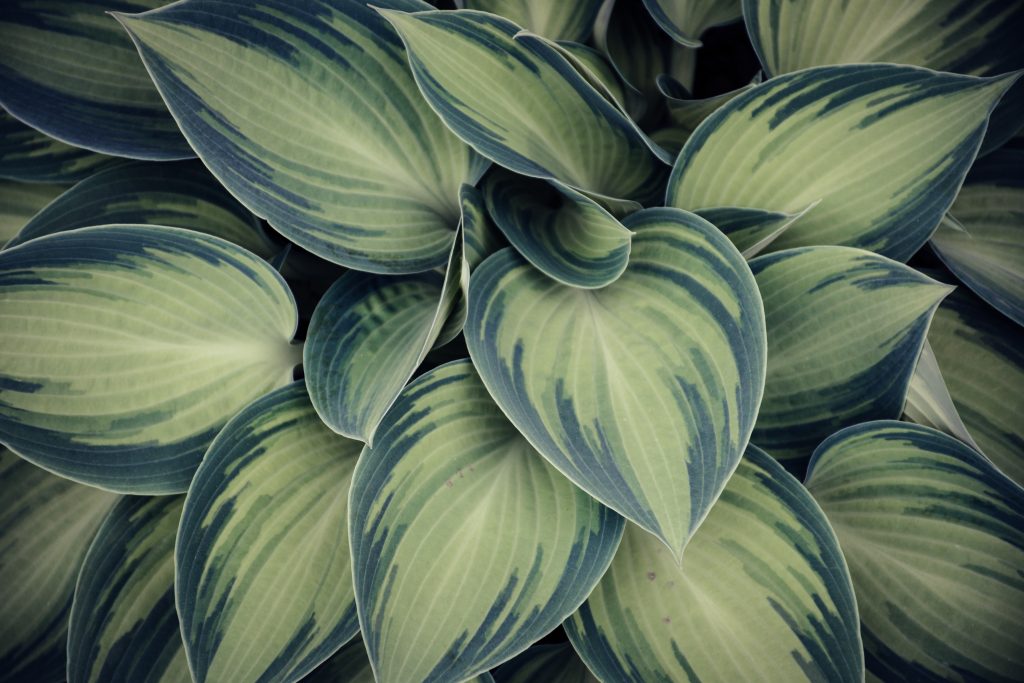
Plants
- Plant: Plants are living organisms that cover much of the land on earth and are very vital to the survival of all habitats. They include grass, trees, flowers, bushes, ferns, mosses, and more. Most plants make their food through a process called photosynthesis.
- Photosynthesis: Photosynthesis is the process in which green plants use sunlight to make food. This process requires sunlight, chlorophyll, water, and carbon dioxide because plants use sunlight, water, and carbon dioxide to create oxygen and energy in the form of sugar.
- Trees: Trees are tall, woody plants, they usually have a stem called a trunk. Trees are the largest and oldest living things on earth. Some trees live for hundreds or even thousands of years. There are more than 80,000 species of trees and they adapt according to the environment (or ecosystem) they live in.
- Shrub: A shrub is also called a bush, it is a category of plants. Compared to trees, a shrub can have multiple stems from the bottom up. They are usually a lot shorter than trees in height and are less than 1–2 meters tall.
- Grass: Grass is a type of plant. There are around 12,000 species of grasses, a common kind of grass used to cover the ground, on a lawn. The grass is an important food for many animals, like deer, buffalo, cattle, mice, grasshoppers, caterpillars, and many other grazers.
- Flower: A flower is the part of a plant that blossoms. Flowers produce seeds that can become new plants. Most plants, including many trees, grow some kind of flower. When the flowers of the plant blossom, animals can help pollinate flowers, thus helping these plants reproduce.
- Leaf: A leaf is an above-ground plant organ on the stem of a vascular plant. Leaves are the primary site of photosynthesis in plants—where plants produce energy. Some leaves change color in autumn, and these trees are called deciduous trees.
- Deciduous Trees: deciduous trees are trees that change color in fall, because when the weather gets colder, it is harder for the chlorophyll in the leaves to make the food needed to stay green, so the leaves start using food they have stored away for this time of year. So you can simply say that leaves are changing color because they are hungry! Most deciduous trees, such as oaks and maples, are broad-leaved and have broad, flat leaves.
- Evergreen Trees: Evergreen trees are also called year-round trees because they keep their leaves all year round. The majority of trees in the tropical rainforest ecosystem are evergreen trees because they need warm temperatures to survive. Some examples of evergreen trees are redwood, pine, juniper, and palm trees.
- Moss: Moss is a small, flowerless, non-vascular plant that is only 0.1 to 20 inches in height. They prefer to grow in cool, damp conditions that aren’t in direct sunlight, they like to expand on rocks, soil, trees, and along streams.
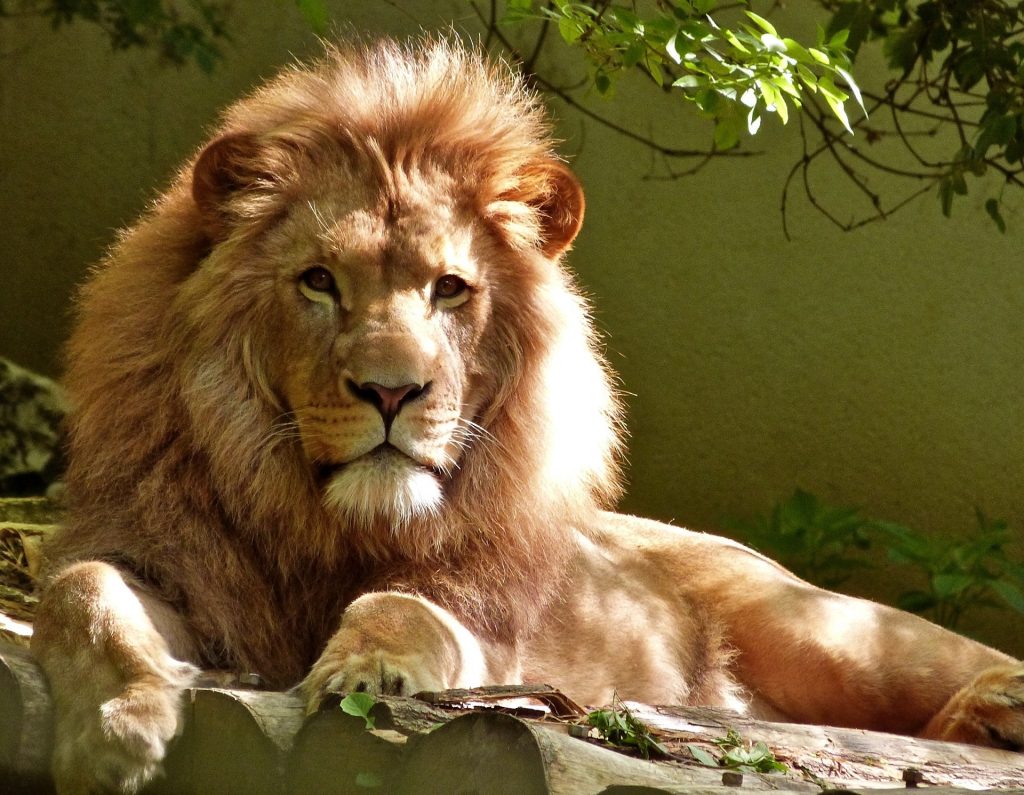
Animals
- Animals: Animals are living things, like plants, animals need food and water to live. But unlike plants, which make their food, animals feed themselves by eating plants or other animals. There are many types of animals, and human is one of them. Scientists group animals by their characteristics, and whether or not an animal has a vertebrate (backbone) is an essential factor.
- Invertebrates: Invertebrates are animals without a backbone. For example, insects, spiders, crustaceans, worms, and jellyfish are all invertebrates.
- Vertebrates: Animals with a backbone are called vertebrates. For example, fish, amphibians, reptiles, birds, and mammals are all vertebrates.
- Insects: Insects are small terrestrial invertebrates that have a hard exoskeleton. They are the largest group of animals on earth by far, about 926,400 different species have been recorded. Most insects have six legs and wings.
- Mammals: Mammals are vertebrates with fur and need a very precise kind of environmental temperature to survive. Female mammals bear young and produce milk for their young offspring. Due to the low numbers of offspring per birth, parental care is commonly seen in mammals.
- Birds: Birds are warm-blooded animals that lay eggs. Their bodies are covered with feathers and they have wings. Most birds fly, and to lower their weight, they have hollow bones. Birds have hard beaks but no teeth.
- Fish: Fish are cold-blooded, aquatic vertebrates, having gills, fins, and typically a body covered with scales. Unlike mammals and birds, fish breathe through gills. Most fish swim by exerting force against the surrounding water.
- Reptile: A cold-blooded animal that breathes air and usually has the skin covered with scales or bony plates. Snakes, lizards, turtles, and alligators are some examples of reptiles.
- Amphibian: An amphibian is a cold-blooded vertebrate animal that is born in water and breathes with gills, they have a special living cycle where they are born living in the water and then gradually grow up to live on land.
- Endangered: Endangered animals are animals that have a low number existing in the wild. A species might become endangered because of reasons such as deforestation or a changing climate. Endangered animals include tigers, rhinoceroses, orangutans, turtles, and many more.
- Extinct: An extinct animal is an animal that no longer exists. It is completely gone and can no longer be found. The passenger pigeon and Tasmanian wolf are examples of extinct animals which became extinct due to overhunting.
- Poisonous: Poisonous animals are animals that produce poison to protect themselves from potential predators. It is important to know whether an animal carries poison when you are out in the wild. Poison arrow frog, stonefish, inland taipan, and box jellyfish are some examples of poisonous animals.
- Carnivores: Carnivores are animals that eat a diet consisting only of meat. Hyenas, weasels, polar bears, eagles, falcons, and owls are all examples of carnivores.
- Herbivores: Herbivores are animals that only eat plants, such as deer, elephants, and horses. Herbivores have teeth that are adapted to grind vegetable tissue, they eat different parts of plants including fruits, leaves roots, and seeds.
- Omnivore: An omnivore is an organism that eats plants and animals. They are a very important part of the food chain. Bears, birds, dogs, raccoons, foxes, certain insects, and humans are all examples of omnivore animals.
Learning from science and nature can be a lot of fun. Nature is all around us, and is also one of the best environments your kids can learn in. Remember that family trip when you went hiking in the mountains or camping under the stars, and your kids can’t stop asking you questions about nature? Don’t worry, we’ve got you covered! In this article, we will introduce the common concepts and words about nature, so next time when your kids are asking you questions about the universe, you’ll have the perfect answer in mind!
Even if you are a busy parent, your children can still learn about mother earth during interactive classes that AmazingTalker provides. We have 1 on 1 tutors for various languages, for example Spanish classes for kids, book a trial class right now!
